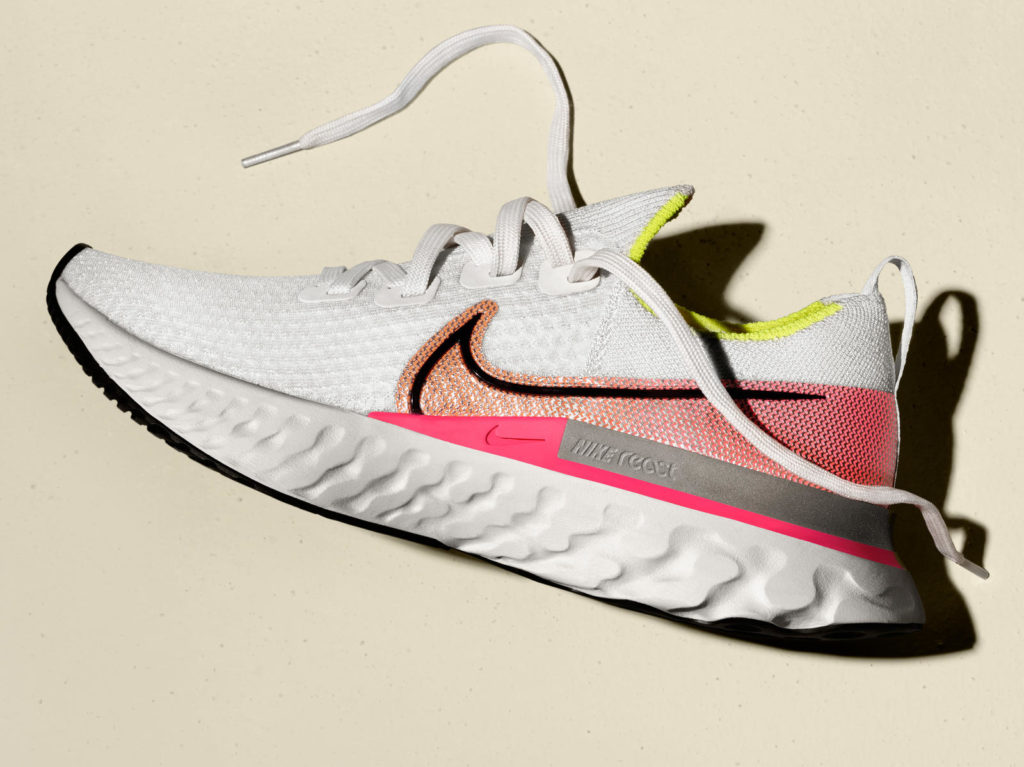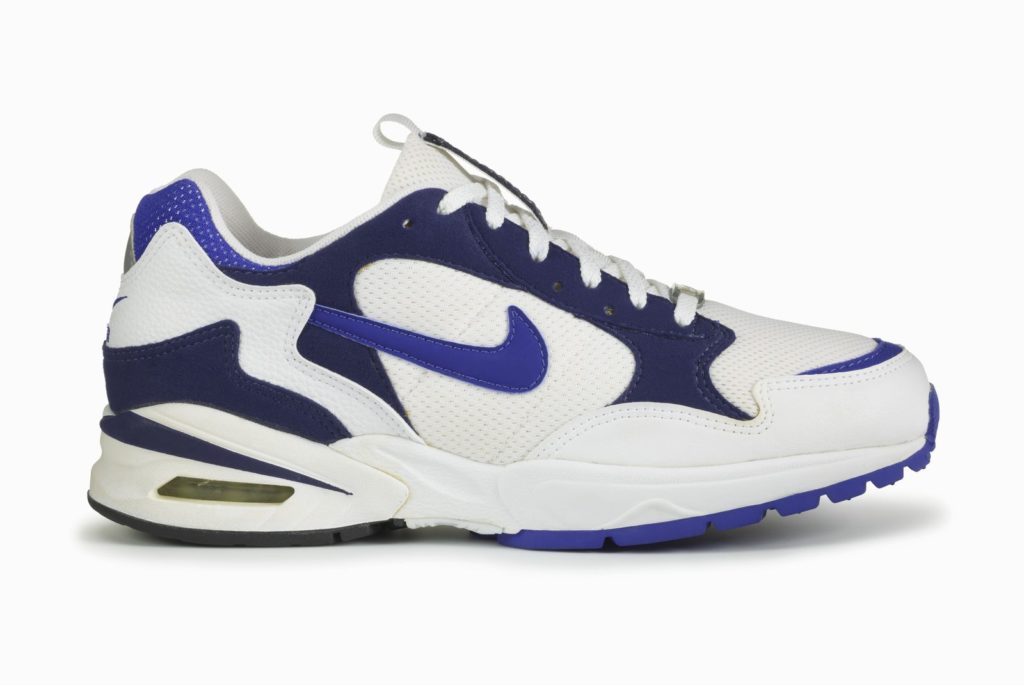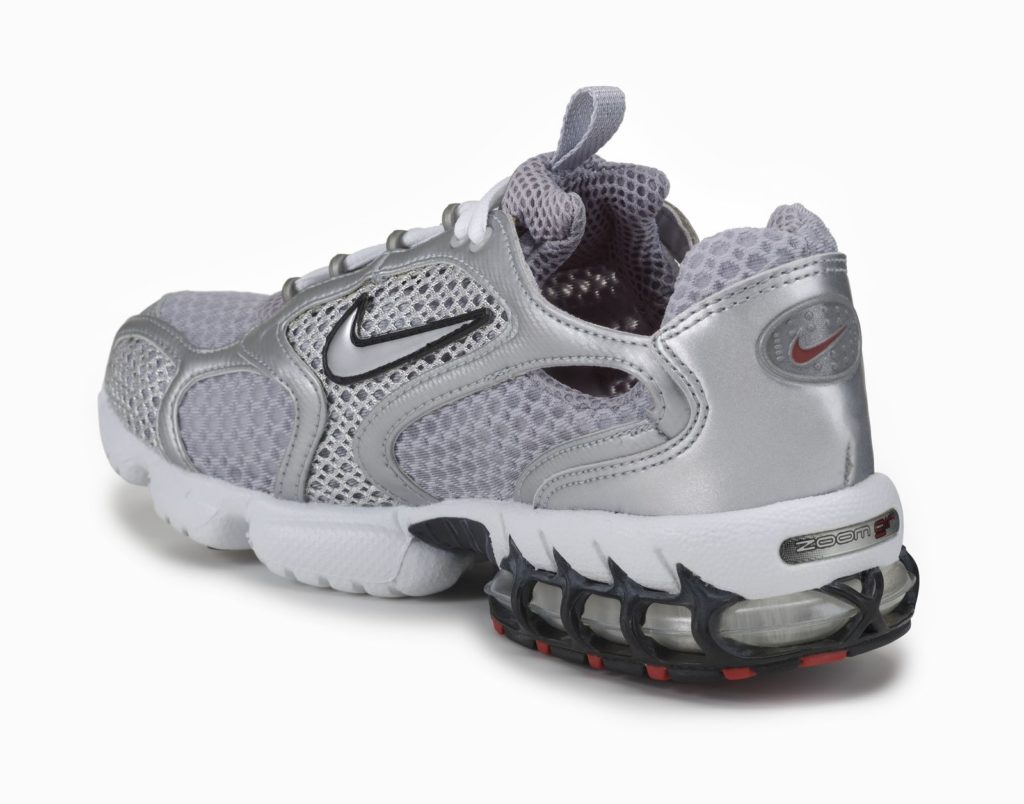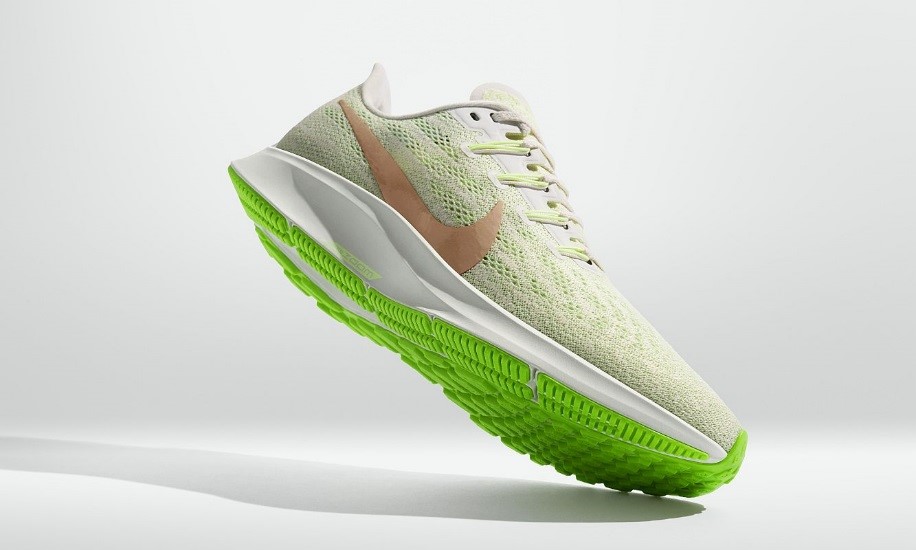Now that the Lunar New Year holiday season is over, you may be all fired up and ready to head back out for your regular training sessions. It’s also the season for new training shoes, and with more options on the scene every year, how do you choose what’s suitable?
We get pointers from running coach David Shum, who has over 15 years of experience working with running enthusiasts and clubs in Singapore.
He explains, “It is important to consider two important factors, which are fit-for-use and workout-specific requirements. Fit-for-use addresses impact protection, gait support and control specific to your anatomy and running style, while workout-specifics refer to your individual training program and racing requirements. Some knowledge goes a long way in making your training and racing journey an enjoyable one.”
High cadence, tempo runs
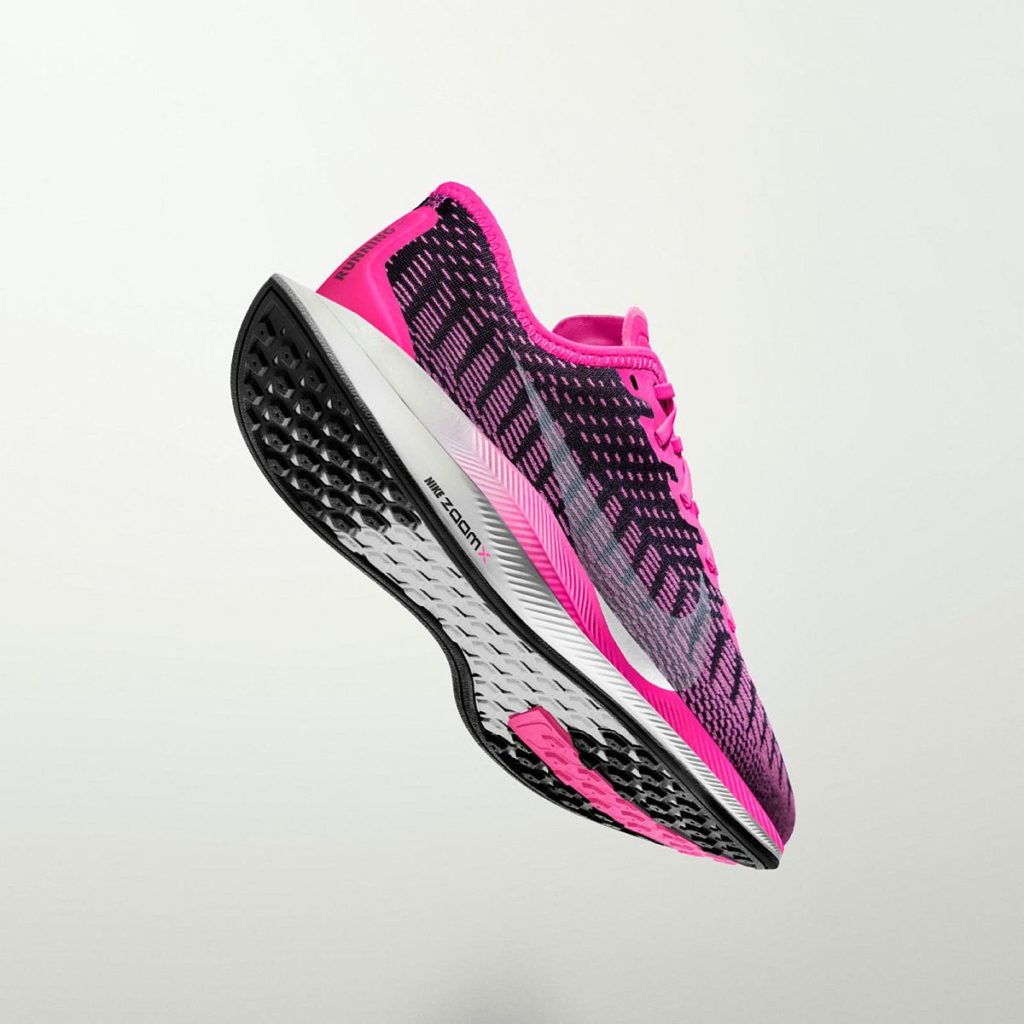
David Shum says: Lightweight racing shoes that are designed for speedwork and tempo running in the 1500m to 10km usually have less cushioning and a lower heel to toe drop height. Your running pace, body weight, running form and foot structure all play an important part in achieving a suitable fit. With a quick cadence, your feet only touch the ground for a spilt second before lifting off again, so the shoes need to be adapted for such footwork.
Check out: The Nike Zoom Pegasus Turbo 2.
A faster and more responsive version of the best-selling long distance Pegasus, the Pegasus Turbo 2 boasts technology that is a combination of the Air Zoom Pegasus and the ground-breaking Nike Zoom Vaporfly 4%. It pairs a ZoomX and React midsole with a partial inner sleeve from toe to midfoot, optimised for high cadence running.
Long distance running
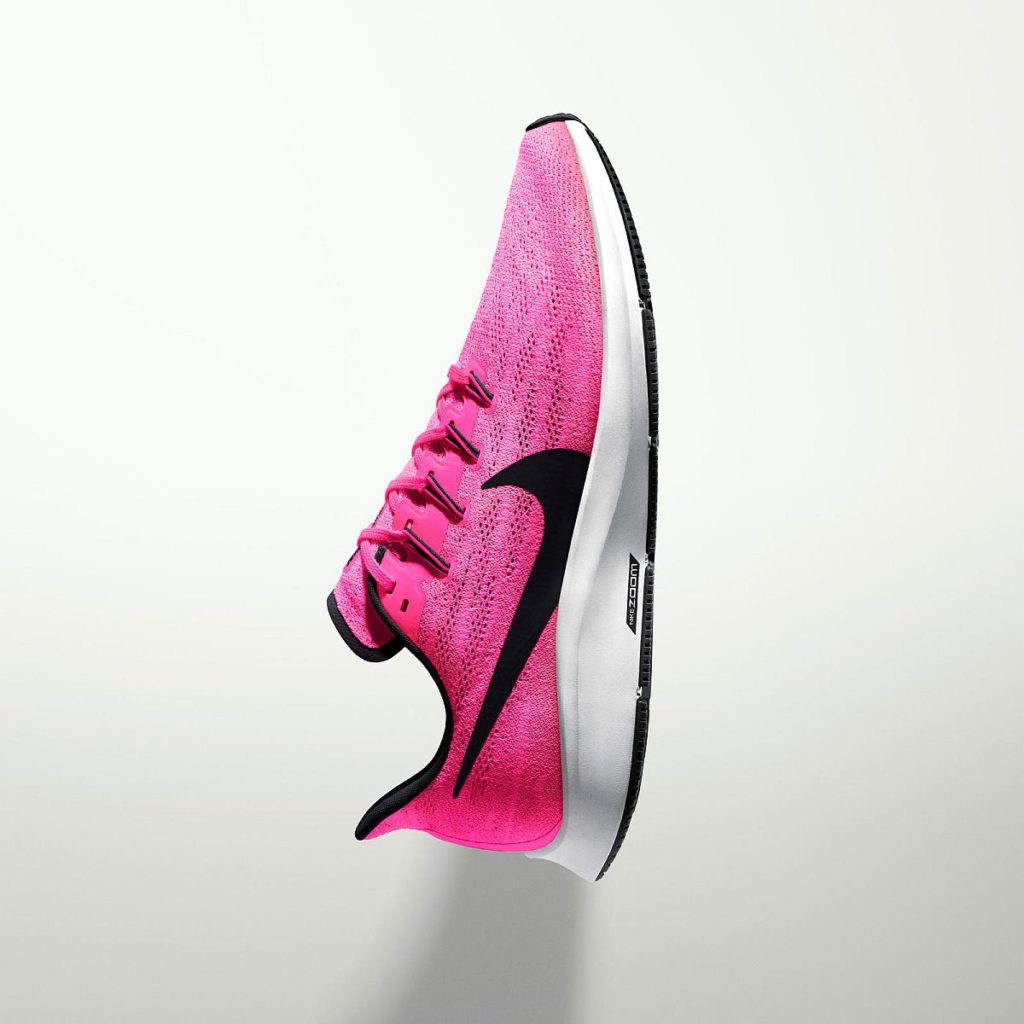
David Shum: If you regularly cover half-marathons or longer, you will need your running shoes to deliver more protection and support to last the distance comfortably. Areas prone to strain such are the arch and heel of your feet. The protection may come in the form of additional cushioning, stability protection and support. The shoes have to be durable too as they will cover a lot of mileage.
Check out: The Nike Air Zoom Pegasus 36.
Nike’s best-selling distance shoe features an optimised blend of cushioning and responsiveness with a full-length Zoom Air unit encased with Cushlon foam in the midsole. Flywire cables combine with the shoelaces for an easily adjusted, customised fit across the upper, so your shoes support you consistently throughout the training runs.
Competitive racing

David Shum: Competitive runners will always be on the lookout for something that can give them that extra bit of speed. Technical details such as mesh density and sections of stretch fabric that can help the shoe feel snug without pinching are important. Recently, the innovation of the carbon fibre midsole plate has allowed for better forward propulsion. Competition shoes design is science, engineering and art combined into one to enhance movement and optimise output.
Check out: The Nike ZoomX Vaporfly NEXT%.
A shoe that took in lessons from Eliud Kipchoge’s Nike Breaking2 project in 2017, the Nike ZoomX foam used is capable of providing up to 85 percent energy return. A full-length curved carbon fibre plate in the midsole provides a sensation of continuous propulsion, and a new traction pattern improves forefoot grip, even in wet weather.
Find them all at Nike stores island wide, or online at nike.com.





